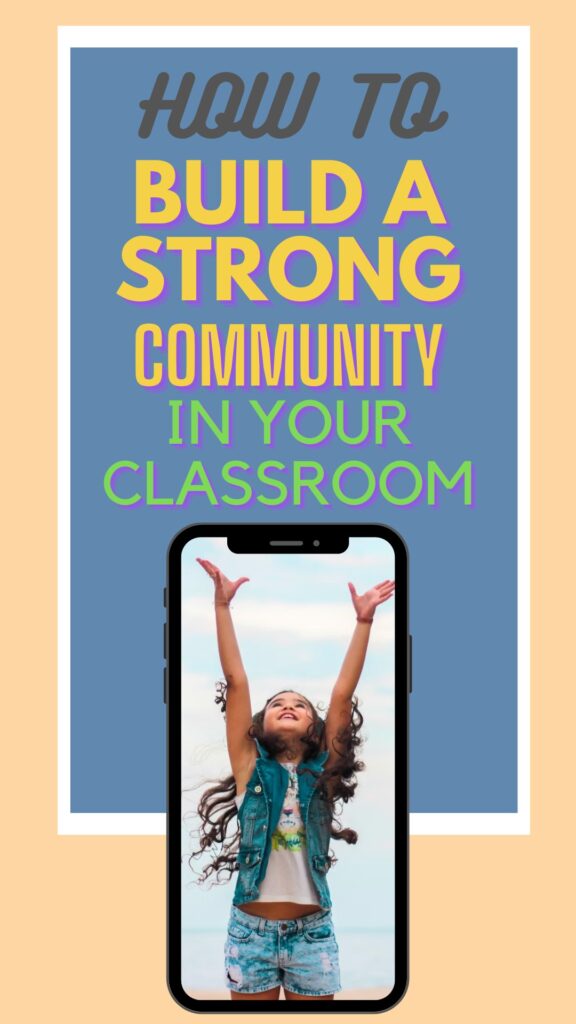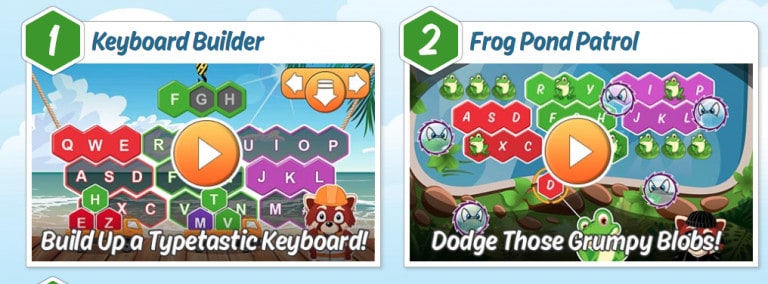Back to School Tips For Building a Strong Community in Your Classroom From A Seasoned Teacher
This post may contain affiliate links, view our disclosure policy for details.
Learning how to build a strong community in your classroom can be a tough challenge, especially if it doesn’t come intuitively for you. I have found, however, that offering my students an organized and structured classroom can make a world of difference for my students – especially to those who have difficult or uprooted lives outside of school.
A special thanks to Excelligence who has sponsored this positive message on how to build a strong community in your classroom through organization and structure!
It doesn’t matter whether you’re working with 5 year olds or 15 year olds, you can adapt each of these ideas below for your specific grade level. Daily structure and safety doesn’t change regardless of the age! (Neither does the need to organize!) It’s amazing how a little bit of structure and organization can really foster a calm, safe environment for kids to open up and be their best selves!
Below are tips on how to build a strong community in your classroom through organization and structure. You can find products for the below ideas as well as many other educational products for teachers and classroom here!
Inspire confidence and showcase your students’ hard work!
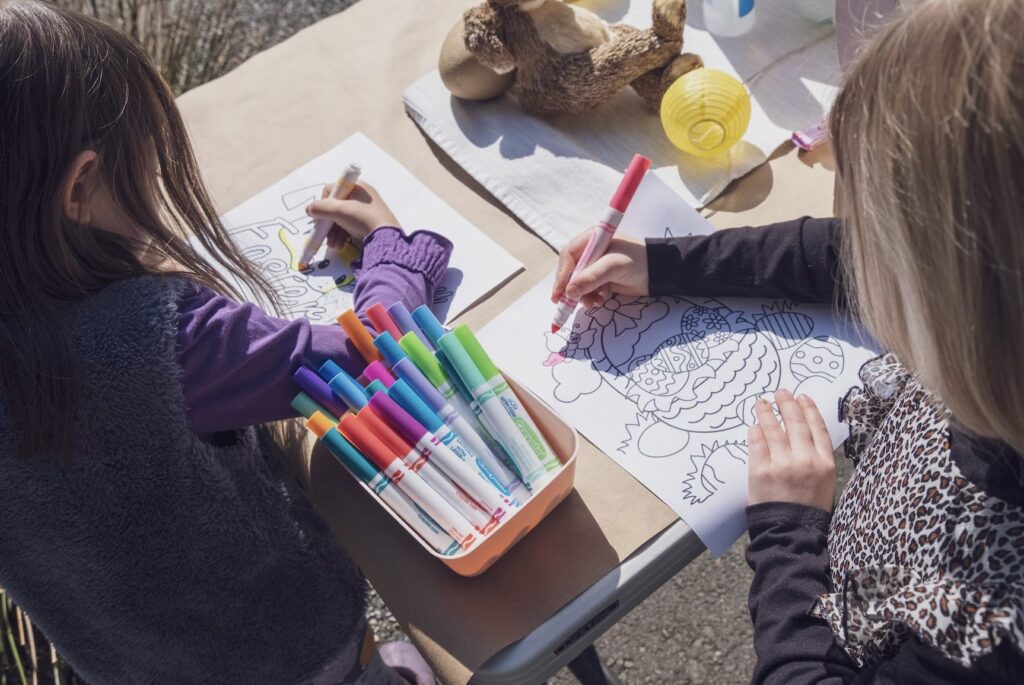
Showcase your students’ hard work – and that doesn’t necessarily just mean worksheets or writing assignments! Every child deserves a chance to shine and feel loved! Make a point of having a wall, shelf, or single item placement to rotate out each week featuring something each child has made or accomplished. Maybe it’s a piece of art, clay, or a connective block build they made, a robot they designed or a medal from a recent sports event.
Don’t have a lot of room? Showcase each student during the year for one week! This is like an in-person shout-out to feature each kid and their accomplishments. This can also lead to some really cool collaborative efforts as well! It’s a great way to celebrate positivity and encourage kindness.
Foster Acceptance and Community
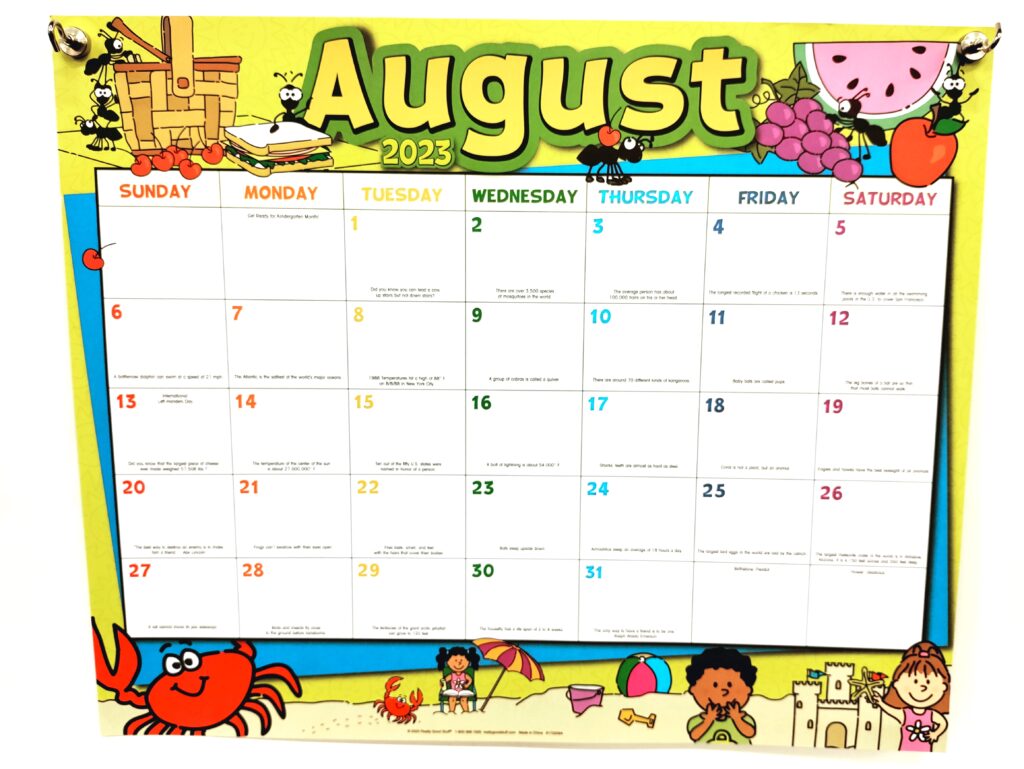
Setting the culture and climate to foster acceptance can be as easy as starting with a classroom calendar! It’s about relationship building and making the world a better place! Turn it into a classroom meeting with friends rather than a structured learning lesson. Hang it in the classroom where everyone can see and access it.
If you have kids who want to teach their classmates more about their culture, disability, or favorite holiday, give them a special task or time to speak!
You can also use a classroom calendar to work together as a group to complete a goal or task. Teach your students by example how to structure and organize their day, and give them a hand up in life!
If your students are older and don’t need to learn the calendar or holidays then turn it into a cultural learning space, a “this day in history” learning session, or use it for other relevant topics in your age group. Maybe birthdays of famous people in history, a nod to favorite book publish dates, etc.
Strengthen Penmanship Skills & Confidence

Believe it or not, there is not only a lot of confidence behind a strong penmanship quality, but there are also a lot of developmental skills behind the ability to write well. Encouraging strong handwriting skills will look different for different age groups and abilities.
Inspiring kids to write is so much more than just practicing handwriting, it fosters a creativity and self-esteem confidence level that takes time to invest in. For pre-K to elementary age kids, I’ve found that they absolutely LOVE writing on the whiteboard. But even for the best of us, writing on the whiteboard can become quite crooked and messy!
I like to use Jumbo Dry Erase Magnetic Writing Lines for younger kids – specifically on the whiteboard in addition to their on-paper tasks.
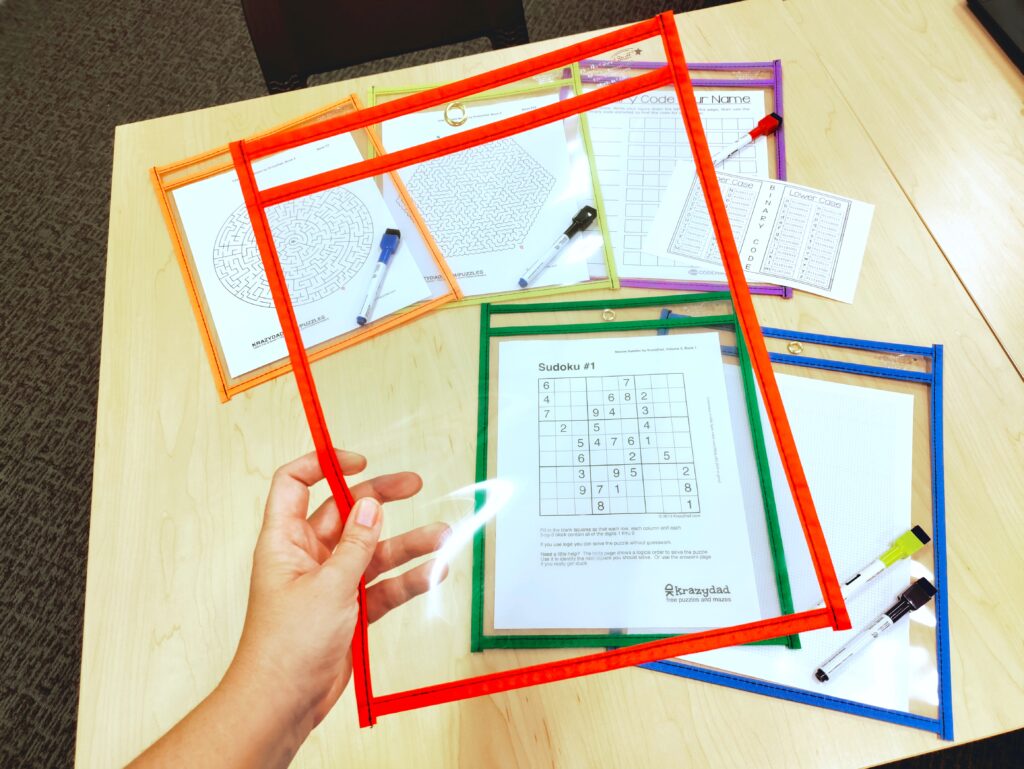
For older kids, the novelty of having the privilege of writing on the whiteboard has probably worn off, so if you’re working with older kids I recommend re-markable dry erase sleeves. They are such a HUGE time and paper saver, plus it keeps the older kids a little more engaged. It’s a win win!
Regardless of the age of students you work with, finding a creative way to encourage practicing a child’s handwriting is important.
Make Finding Books Easy & Comfortable!
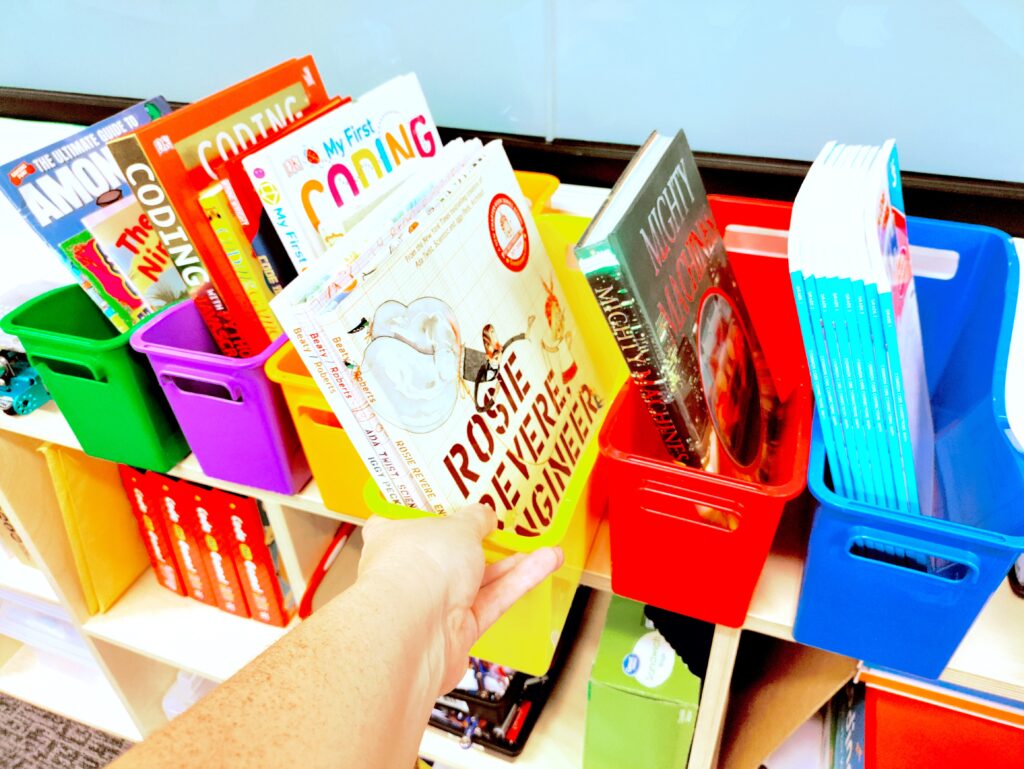
It doesn’t matter what age your students are, inspiring them to love books and reading should be the goal! I’ve written a lot about how to encourage kids that don’t like to read to pick up a book. There are SO MANY ways you can do this!
I like to stay organized with my library of books for kids, and it’s pretty simple to do with these easy carry Book and Binder Holders from Really Good Stuff (or whatever display system you use). I have various books grouped together by reading level, by interest and subject area, and even occasionally books wrapped up so they are a mystery until the kids open them.
In addition to organizing your book station, make reading time a special time – whether at home or at school! Over the years we’ve used reading tents, bean bag chairs, a soft fuzzy blanket for reading in bed, etc. Use books as an organic way to learn and dream together. Let kids read in a circle on the floor if they want!
Creative Writing Prompts Turned Into Engagement

In addition to helping your students improve their handwriting – no matter what their age or grade level – you can also encourage them to fall in love with writing. Or at least tolerate it! You can very easily spark their imagination with creative writing prompts or choosing subjects that relate to their personal life – yes, even as teenagers!
I love these Morning Meeting Chips which really help foster some pretty cool discussions. The students absolutely look forward to doing this first thing in the morning. Sometimes you just need a fresh perspective on writing – it’s more than just for homework!
I anonymously read a few select papers from the kids, usually amid plenty of excited discussions and laughter! It gives kids the freedom to write creatively without feeling embarrassed.

Writing prompts do so much more than just working on neat penmanship. It unlocks a child’s creativity and reasoning skills which makes it the perfect way to foster community in your classroom. Have open discussions (depending on the writing prompt) and turn it into fun polls that your students can rally around!
You can really use this in your classroom to foster a deeper communication system for kids to express their feelings in a safe place. Give your students a voice.
Here are a few quick fun thoughtful discussion ideas:
- What if humans could fly?
- Who would win – a T-rex or a monster truck? Why?
- Should we bring back animals from extinction?
- What sports deserve more hype?
- Can laziness be a good thing?
- Should classrooms have pets?
Desktop Organizers – Easy Access
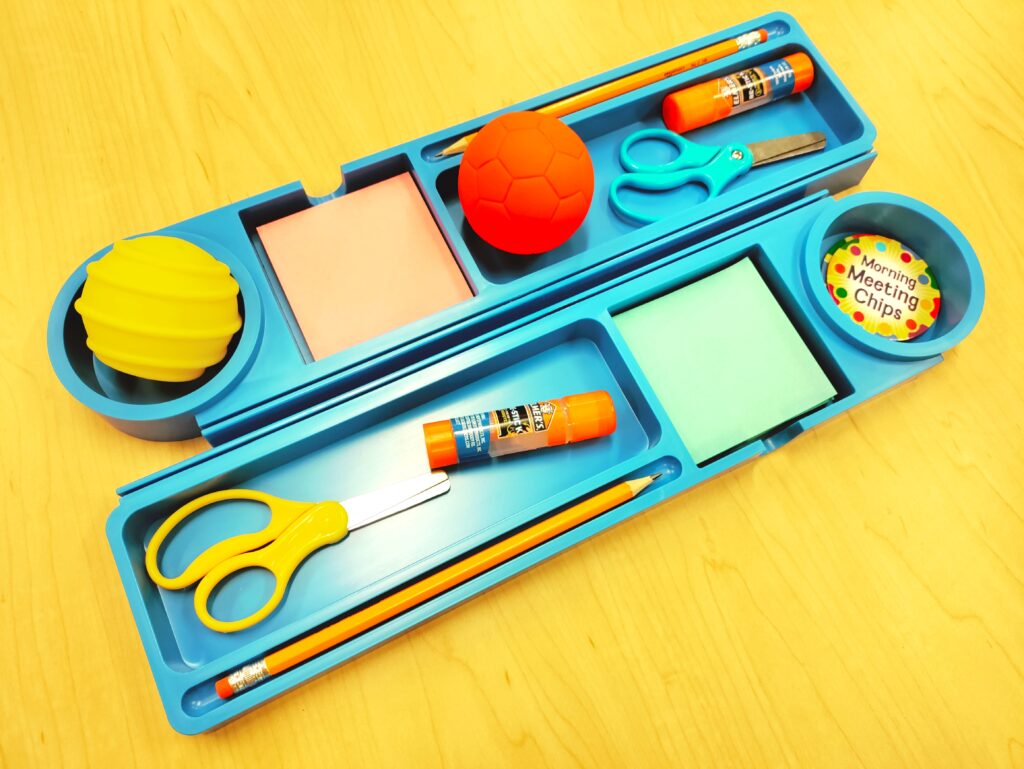
Desktop organizers don’t have to be fancy, but they should allow kids to keep everything they need in one spot! It prevents the distractions of pencils rolling off of desks and kids chronically losing their basic supplies – it’s all right there in front of them tucked neatly away!
It also helps you as a teacher ensure that each student has what they need within arms reach. No more searching for supplies in backpacks or under books in desks! This is just another supportive way to help structure your classroom environment.
Striving for a Stress-Free Classroom

In my little dream world I would love to have hanging hammocks, couches, soft fuzzy blankets, and piles of books and mood lighting for a calm area – but that’s not realistic! The truth is, school can be hard and frustrating – even for the calmest of kids! But sometimes I have a student(s) that really just needs a lot of extra help regulating their anxiety or behavior.
It takes a little finesse to get it right, but I work hard to integrate safety and calm into the classroom no matter what the situation. I have a storage container with some Calm Down Tools that I’m constantly adding to and rotating out depending on the kids I’m working with. Some items work better than others – but you want to find something that’s sturdy and not easily destructible.
It may take a while to find the right item to help a child de-stress, so I like to have a variety of items on hand to try. I stress to my students that need the extra help that it is a privilege and not a right to use our sensory items. They are also responsible for keeping them clean and in place.
What tips do you have for fostering organization and structure in your classroom? Shop here for your classroom!


